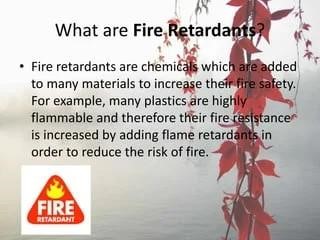Pink Fire Retardant’s Effectiveness and Environmental Concerns
Why in the news?
Southern California’s use of pink fire retardant raises concerns about its environmental impact, including pollution, toxic metal release, and harm to aquatic life, while questions about its effectiveness in fighting wildfires persist.
What is Pink Fire Retardant?
- Definition: Fire retardant is a chemical mix used to slow or stop the spread of fires.
- Common Use: In Southern California wildfires, authorities deploy Phos-Chek, a fire retardant made of ammonium phosphate-based slurry.
- Coloring: Pink color is added for visibility, aiding firefighters in tracking its placement to create fire lines.
Concerns about Environmental Impact
- Pollution: Environmental experts warn that the widespread use of fire retardants contributes to pollution in rivers and streams.
- Toxic Metals: A study by the University of Southern California highlighted the presence of toxic metals such as chromium and cadmium in Phos-Chek. These metals are linked to cancer, kidney, and liver diseases in humans.
- Aquatic Life: Retardants entering waterways can harm aquatic ecosystems, leading to the death of aquatic organisms.
Effectiveness of Fire Retardants
- Mixed Results: The effectiveness of aerial fire retardants remains uncertain, as it is just one of many methods used to combat wildfires.
- Factors Affecting Effectiveness: Conditions such as weather, terrain, and fire type influence the success of fire retardant drops.
- Challenges: As wildfires intensify due to climate change, the conditions for effective use of fire retardants are diminishing, increasing concerns over their long-term viability and environmental impact.
- Increased Usage: Between 2009 and 2021, more than 440 million gallons of retardant were used in the U.S., releasing over 400 tonnes of heavy metals into the environment.
Sources Referred:
PIB, The Hindu, Indian Express, Hindustan Times




